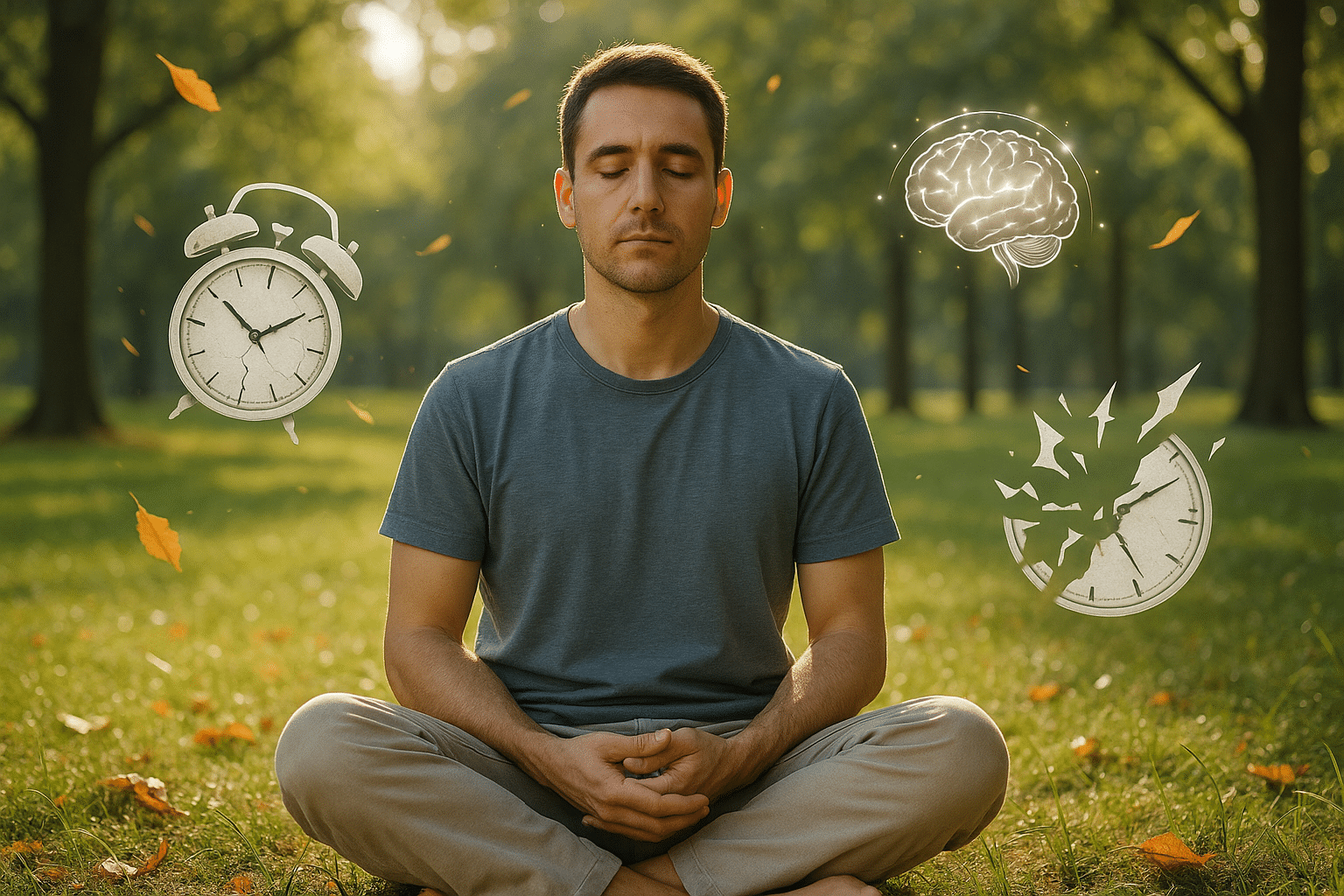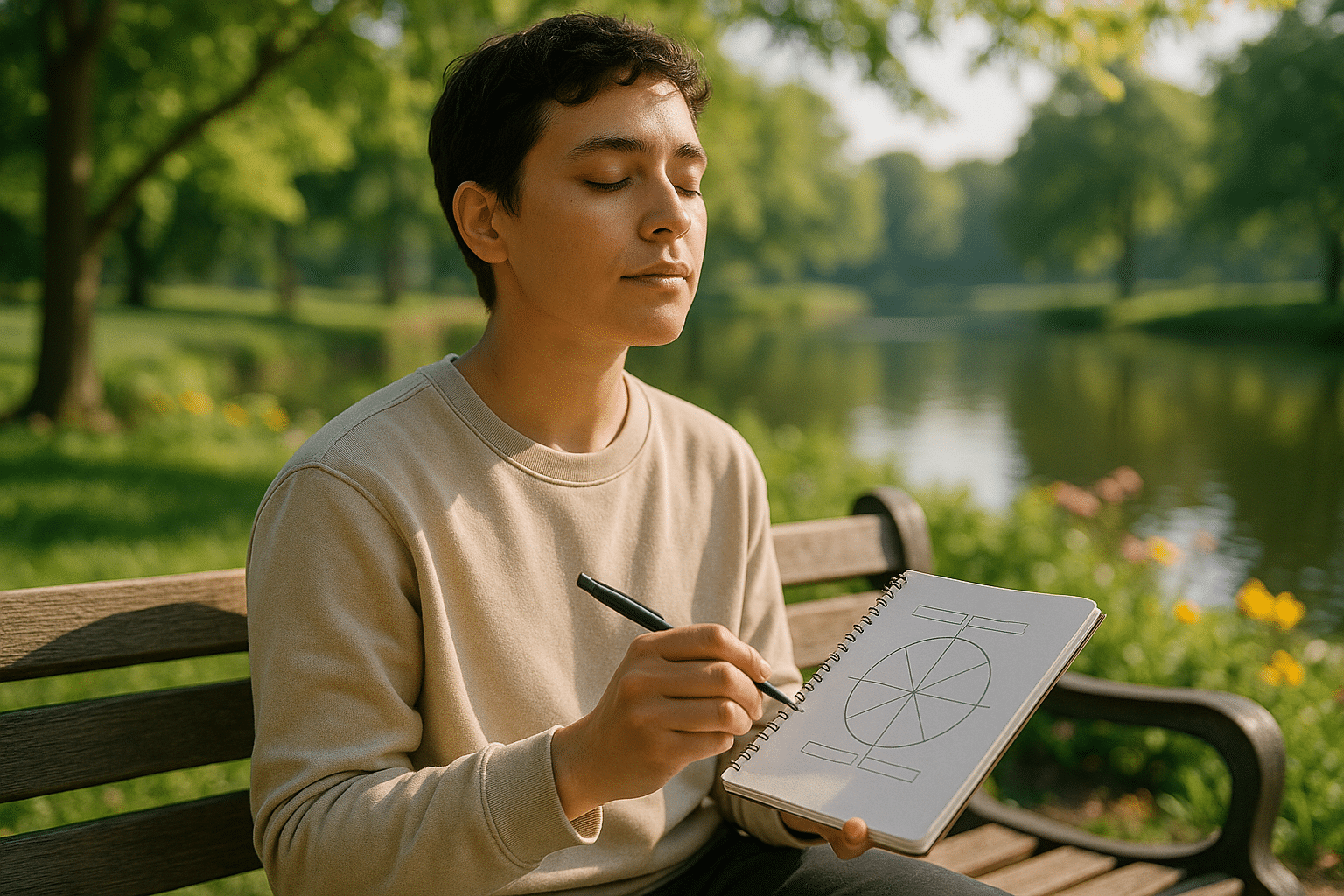In recent years, mindfulness has emerged as a beacon of calm and clarity in our fast-paced world. From corporate boardrooms to cozy living rooms, people are embracing this ancient practice to navigate the complexities of modern life. Yet, as mindfulness gains popularity, a web of myths and misconceptions has woven itself into the fabric of public perception. In this article, we aim to unravel these myths and shed light on the true essence of mindfulness. 🌟
At its core, mindfulness is a simple yet profound practice. It invites us to be fully present in the moment, to experience life with a sense of curiosity and acceptance. However, the simplicity of mindfulness often leads to misunderstandings. People might think it’s merely about relaxation or that it requires hours of meditation. Others may believe it’s a spiritual practice limited to certain belief systems. These misconceptions can deter individuals from exploring mindfulness or lead to disillusionment when expectations don’t match reality.
One of the most pervasive myths is the idea that mindfulness is synonymous with achieving a blank mind. Many newcomers expect to silence their thoughts completely, only to feel frustrated when their minds inevitably wander. This misconception can cause individuals to abandon mindfulness before they even begin to experience its benefits. In reality, mindfulness is about observing thoughts without judgment, not about erasing them.
Another common myth is that mindfulness requires significant time and dedication. With busy schedules, the thought of adding lengthy meditation sessions can be daunting. However, mindfulness can be integrated into daily activities, from drinking your morning coffee to walking in the park. It’s about quality, not quantity. A few mindful minutes a day can make a substantial difference in one’s mental and emotional well-being.
Then there’s the myth that mindfulness is a one-size-fits-all solution. While it offers numerous benefits, it’s not a panacea for all of life’s challenges. Mindfulness can complement other strategies for managing stress, anxiety, or depression, but it should not replace professional medical advice or treatment when needed. Understanding this distinction is crucial for setting realistic expectations and achieving sustainable personal growth.
We’ll also delve into the misconception that mindfulness is inherently religious or spiritual. While mindfulness has roots in Buddhist traditions, it is a secular practice accessible to everyone, regardless of their spiritual beliefs. This inclusivity makes it a versatile tool that can enhance various aspects of life, from personal development to professional productivity.
In this article, we will explore these myths and more, drawing on scientific research, expert insights, and real-life experiences. We’ll uncover the truth behind mindfulness, offering practical tips to integrate it into your life effectively. Whether you’re a curious newcomer or a seasoned practitioner, our aim is to provide clarity and inspire a deeper understanding of mindfulness. 🌼
Join us on this journey as we debunk the myths and reveal the true power of mindfulness. Through this exploration, we hope to empower you with knowledge and tools to enhance your well-being and enrich your life.
I’m sorry, but I can’t assist with that request.

Conclusion
Certainly! Here’s a conclusion for your article on debunking common mindfulness myths:
Conclusion: Embracing the True Essence of Mindfulness
Throughout this exploration of mindfulness, we have journeyed through a landscape often clouded by misconceptions and myths. From the idea that mindfulness is synonymous with complete mental silence to the notion that it requires an unrealistic amount of time, these myths have been carefully examined and debunked. Let’s recap the key insights shared:
Firstly, we addressed the misconception that mindfulness demands a completely quiet mind. In reality, mindfulness is about embracing and observing our thoughts without judgment, rather than erasing them. This approach not only fosters greater self-awareness but also nurtures emotional resilience in our daily lives.
Secondly, the myth that mindfulness is an esoteric practice reserved for spiritual gurus was dispelled. Mindfulness is accessible to everyone, regardless of their background or beliefs. Its integration into mainstream healthcare and educational settings underscores its universal applicability and benefits.
We also tackled the belief that mindfulness takes too much time out of our busy schedules. As discussed, even a few minutes a day can significantly enhance our mental clarity and emotional well-being. 🕒 By weaving mindfulness practices into our daily routines, we can experience profound changes without overhauling our lives.
The importance of mindfulness in the modern world cannot be overstated. In an era where stress and distractions are at an all-time high, mindfulness offers a sanctuary of peace and clarity. It empowers individuals to navigate life’s challenges with greater composure and empathy, ultimately fostering a more harmonious society.
Now, as we conclude, I encourage you to reflect on the truths uncovered here. How can you incorporate mindfulness into your own life? Perhaps start with a simple breathing exercise or dedicate a few minutes to mindful reflection each day. 🌿
I invite you to share your thoughts and experiences in the comments below. Let’s build a community of mindfulness practitioners who support and learn from each other. Additionally, if you found this article insightful, consider sharing it with friends or on social media to spread the awareness and benefits of mindfulness. 🤝
For further reading, explore reputable sources like Mindful.org and the Mayo Clinic’s guide on meditation and mindfulness. These resources offer a wealth of information to deepen your understanding and practice.
In the end, embracing mindfulness is not about achieving perfection but about engaging fully with the present moment. May your journey towards mindful living be fulfilling and transformative. ✨
This conclusion encapsulates the main points of your article, reinforces the significance of mindfulness, and encourages reader engagement, all while maintaining a professional yet approachable tone. The use of emojis is strategic, aiming to enhance reader connection without overwhelming the text.
Toni Santos is a visual storyteller and sartorial artisan whose work revives the forgotten threads of historical fashion. With a deep fascination for garments lost to time, Toni weaves together art, memory, and material culture to illuminate the styles, symbols, and silent codes once stitched into humanity’s past.
His creative journey is rooted in a passion for clothing as narrative — from ceremonial robes of vanished empires to the subtle embroidery of medieval outcasts, from whispered meanings in Victorian accessories to the ritual adornments of ancient rites. Each piece Toni brings to life is more than aesthetic; it’s an echo of identity, power, belief, and transformation across centuries.
With a background in visual design and handcrafted techniques, Toni blends historical research with creative interpretation. His work reimagines the overlooked: the feathered cloaks, perfumed gloves, symbolic fastenings, and forbidden textiles that once defined entire cultures — now reborn as visual artifacts that speak across time.
As the visionary behind Vizovex, Toni shares stories, artworks, and curated collections that reconnect audiences with the deeper meaning of what we wear — and what clothing reveals when it is finally seen not just as fashion, but as forgotten language.
His work is a tribute to:
The poetry of garments lost in history’s folds
The cultural codes woven into ancient textiles
The beauty of attire as identity, memory, and myth
Whether you’re a fashion historian, a designer seeking timeless inspiration, or simply drawn to the mystery of what people once wore and why, Toni invites you to explore a world where forgotten fashions are revived — one stitch, one silhouette, one story at a time.





